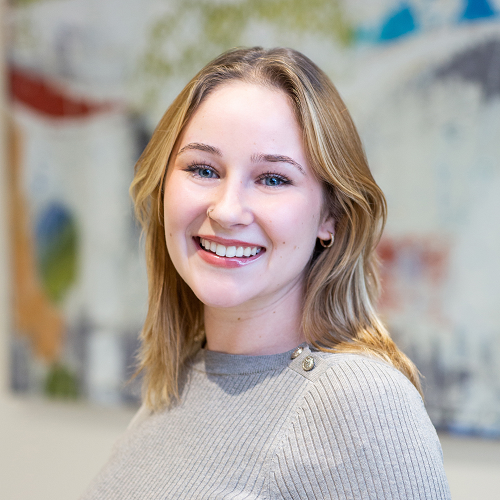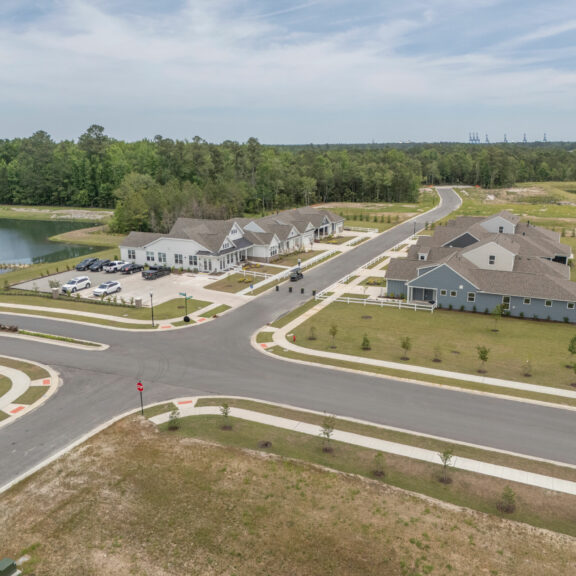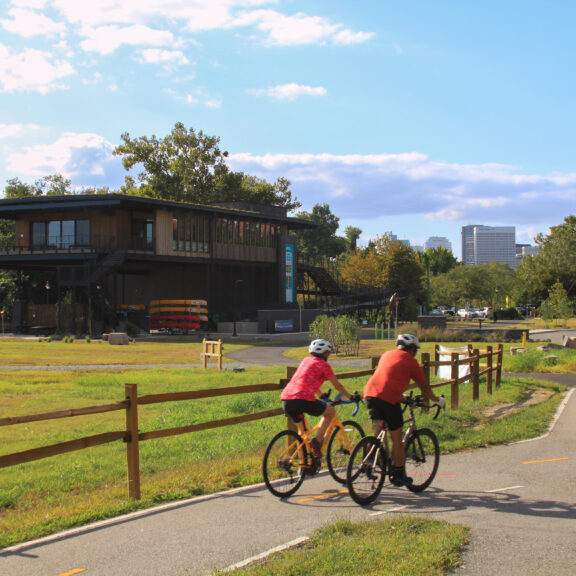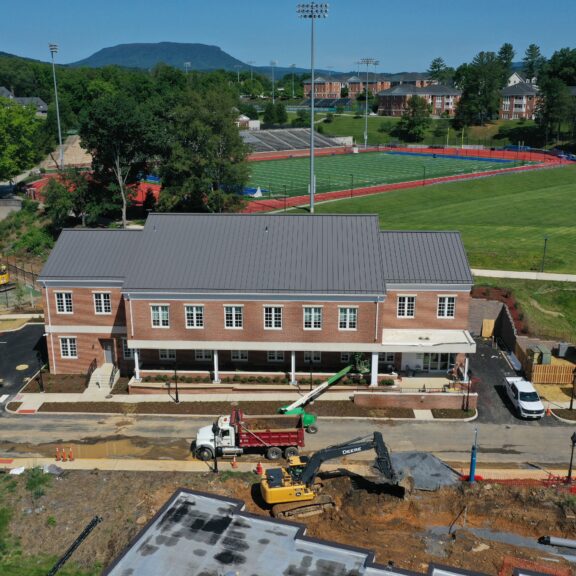If you live in Richmond or one of the surrounding counties, chances are you’ve seen or even walked through a project shaped by Amelia Wehunt, the leader of our urban planning and design practice. After 18 years at Timmons Group, she’s not only an expert in revitalization and redevelopment but also a proud resident who gets to see the real influence of her work every day.
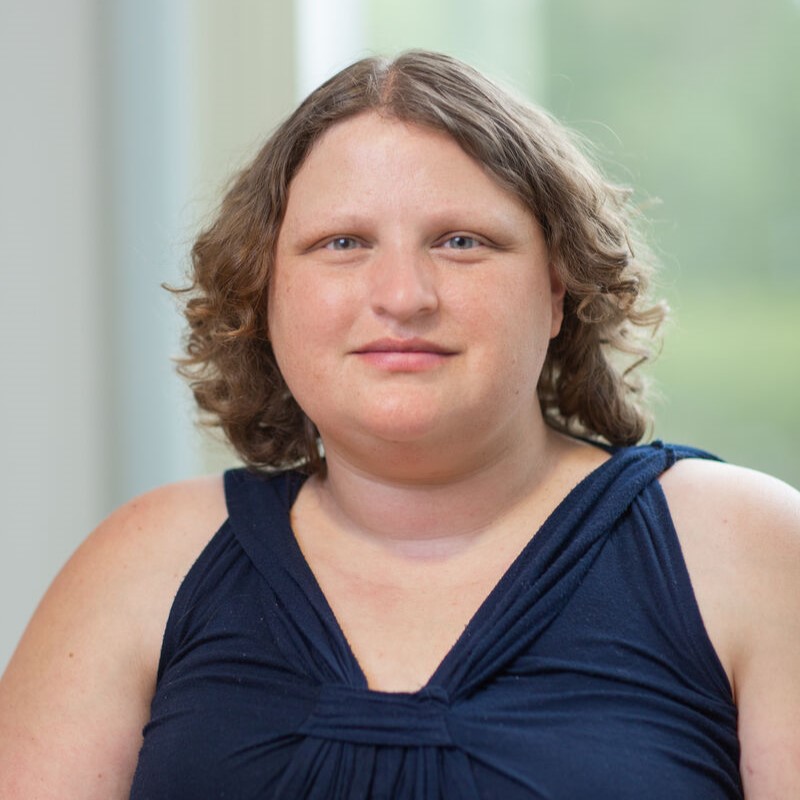
“As a City resident, I get to travel by my projects and see how they impact the community directly,” she said. “We take an underutilized site and help transform it into a new shared space from which the community benefits. That’s what keeps me motivated.”
Right after college, Amelia started her career at Timmons Group in residential land development before taking some time to specialize in stormwater management, which shaped how she approaches civil engineering today. “I’ve always found it rewarding to work in areas affected by flooding and be able to help reduce that risk. It’s a tangible way to make a real difference in people’s lives,” she said.
Combining the concepts of land development and community-focused work led her to her interest in redevelopment and urban design, where she now focuses on projects in Richmond, Henrico, and Chesterfield.
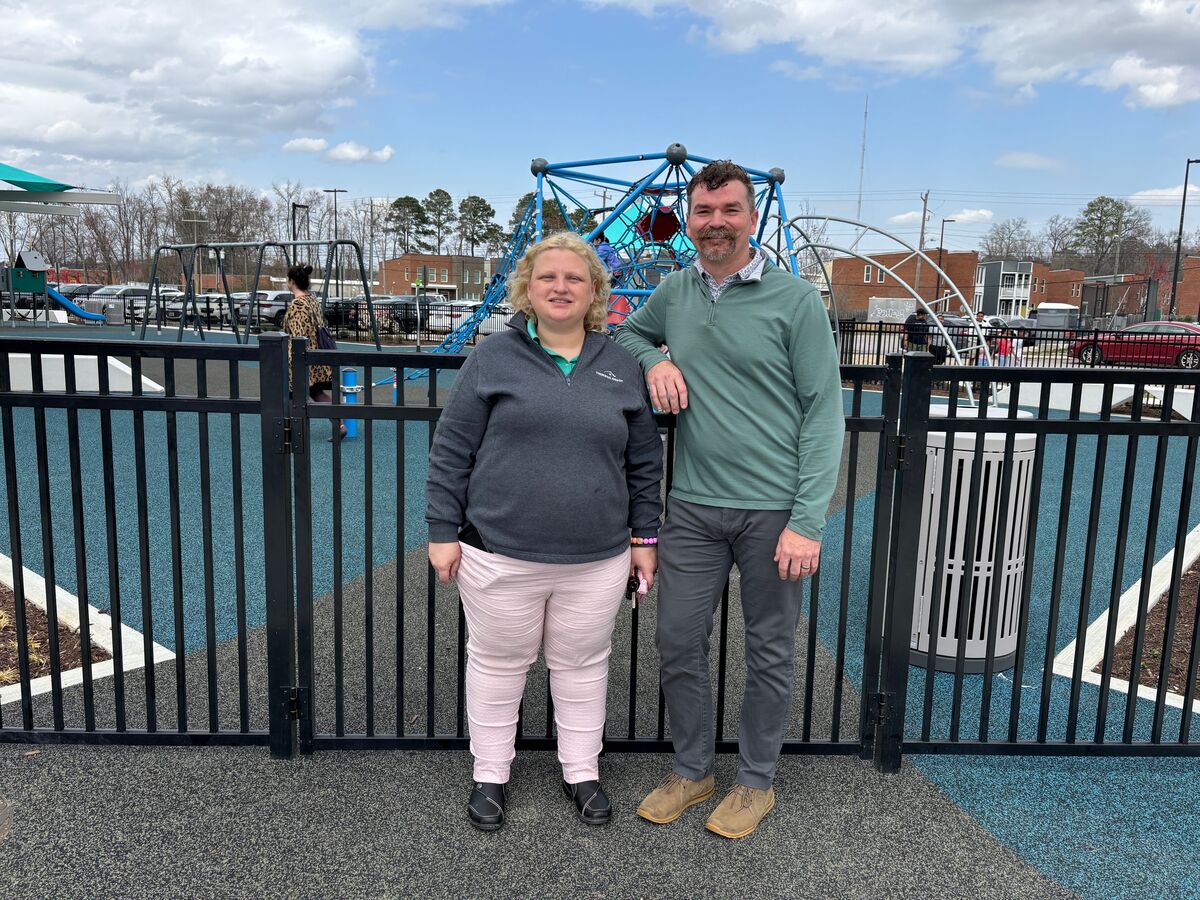
Early in her career, she also found support and connection through CREW Richmond (Commercial Real Estate Women), which she joined 16 years ago. Amelia credits the organization with helping her grow both personally and professionally, and she later served as its president in 2020. “The CREW Network taught me what networking really means,” she said. “Being a part of this organization is all about shared professional growth—we do business together, promote one another, and advocate for each other, which I truly value.”
Over the years, Amelia has worked on a wide range of projects, but no matter the size or type, every successful project starts with one crucial step: due diligence. Before any design begins, her job is to figure out what’s possible and what might get in the way. Whether she’s helping the City of Richmond plan a new community center or guiding a developer through the early stages of a mixed-use development, this initial step is all about laying the groundwork for a successful outcome.
“I tell my clients, ‘I’m going to try to break your project.’ I want to poke holes in it now so we can avoid surprises later and give the project the best chance of success,” she explained.
That means taking a close look at everything, from property lines and zoning codes to environmental conditions, utilities, geotechnical data, and site history. Her team dives into whether a site has wetlands or high water tables, if existing pipes might need to be relocated, or whether the land was previously used as fill. All of these factors impact budget, design decisions, and feasibility.
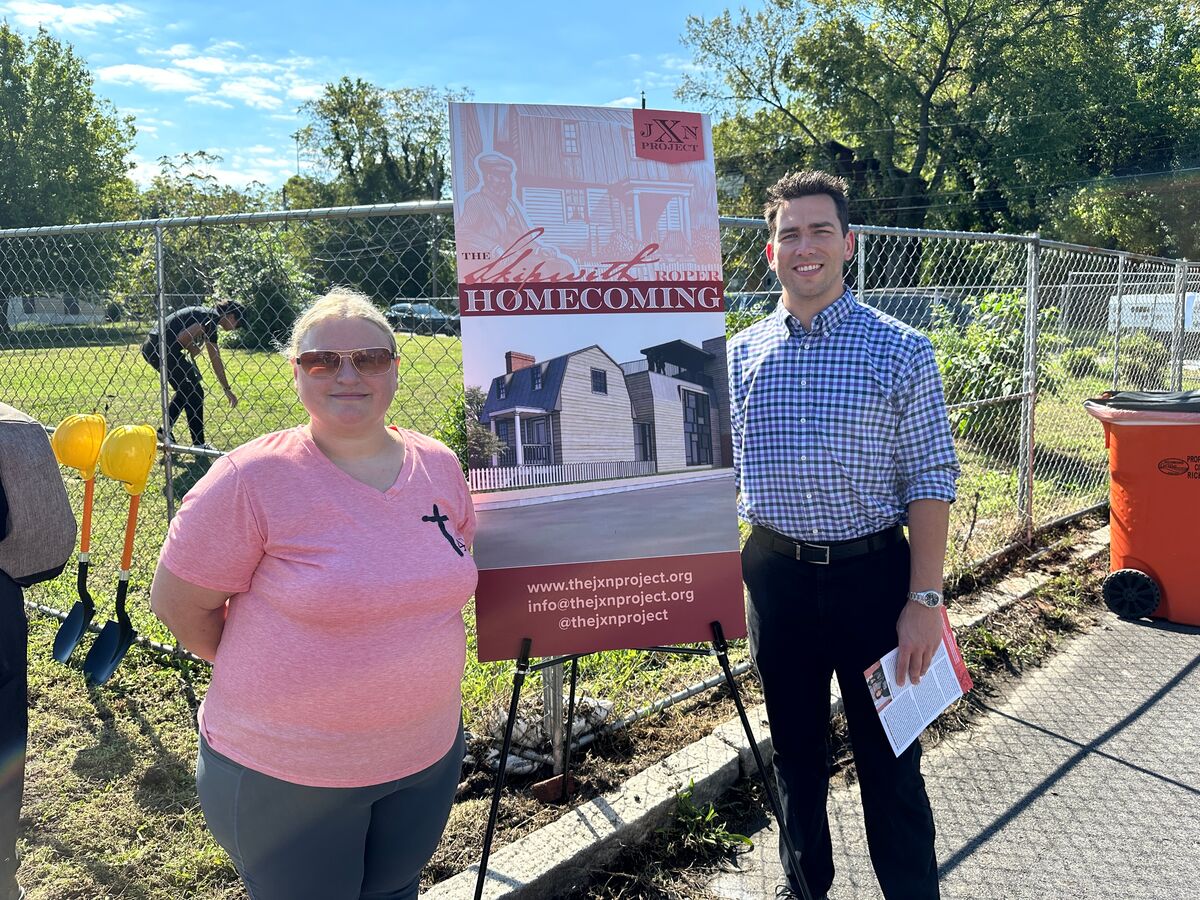
Amelia’s team also keeps clients informed about things that may not be obvious at first glance, like how a change in the locality’s zoning code could affect their timeline or how early coordination with power companies can avoid major (and expensive) surprises later on. “We try to help clients understand not just the technical side but also changes to local ordinances that come with working in different municipalities,” she said.
Once the site checks out, her team can now help turn it into a place where people feel welcome and connected, better known as placemaking. Placemaking is a design approach focused on creating functional, inclusive spaces that reflect the character and needs of the surrounding community.
According to Amelia, “The neighborhoods that tend to thrive are the ones with walkability, a mix of incomes, and inviting public spaces where people can spend time. Areas like Scott’s Addition are popular because of the restaurants, shops, and people walking everywhere. It inherently creates a more integrated atmosphere where people feel comfortable.”
One project she points to as a strong example of successful placemaking is Otis, a mixed-use development in the heart of Scott’s Addition, located at the corner of Roseneath and Moore Streets. Encompassing an entire city block, the project features residential and retail space, rooftop amenities, native plantings, and outdoor dining. It was designed to be a landmark and a gathering place that naturally brings people together.
“Otis and the surrounding streets now feel more like a neighborhood and not somewhere you’re just passing through,” she said. “The collaboration between Timmons Group’s team, the project’s partners, and the City of Richmond provided significant value in making those spaces great.”
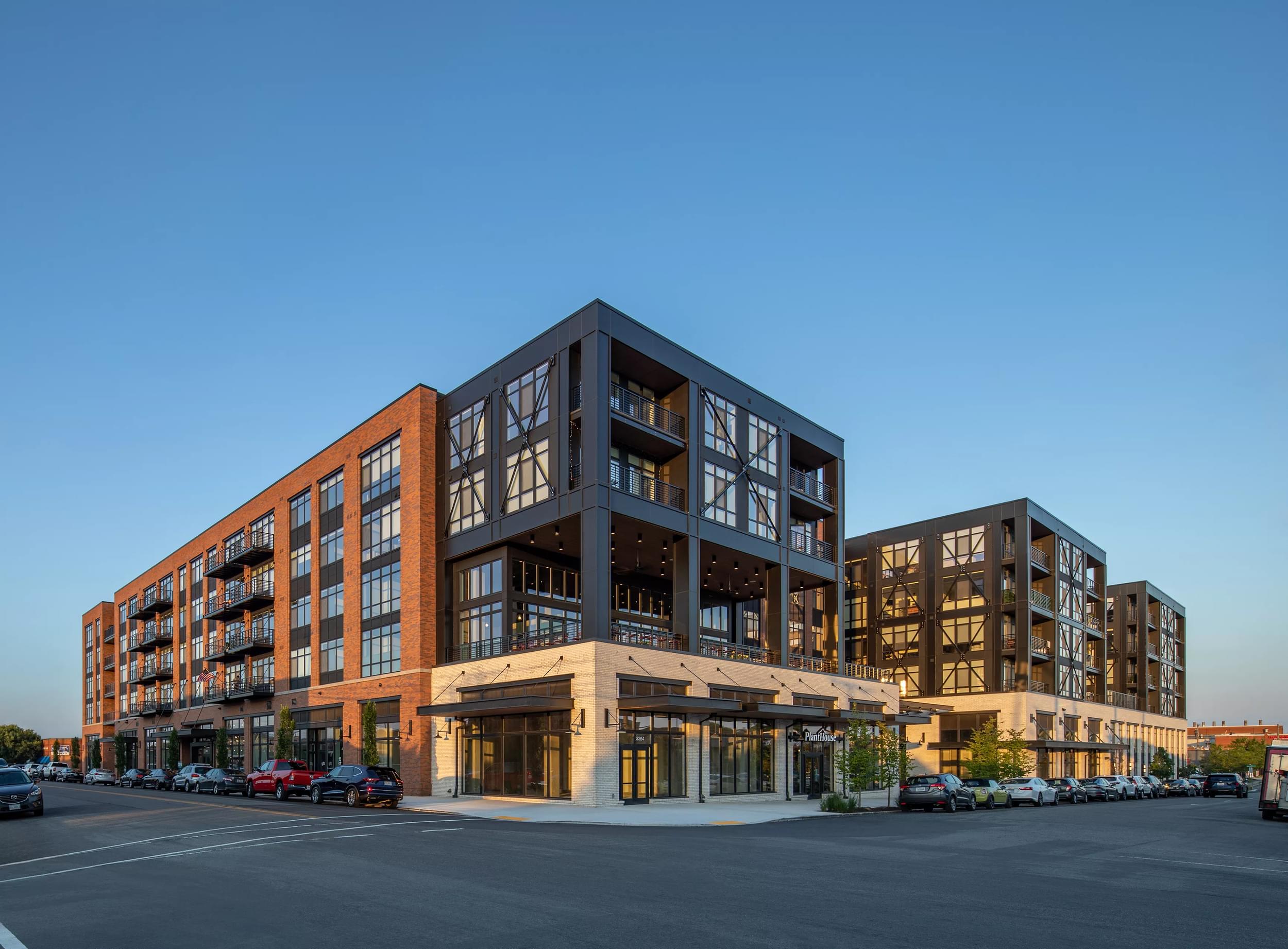
Amelia also notes that civil design plays a key role in how people interact with these spaces. “We have the opportunity to incorporate pedestrian-friendly elements like traffic calming and curb extensions to help slow down drivers and enhance walkability for a safer and more inviting experience.”
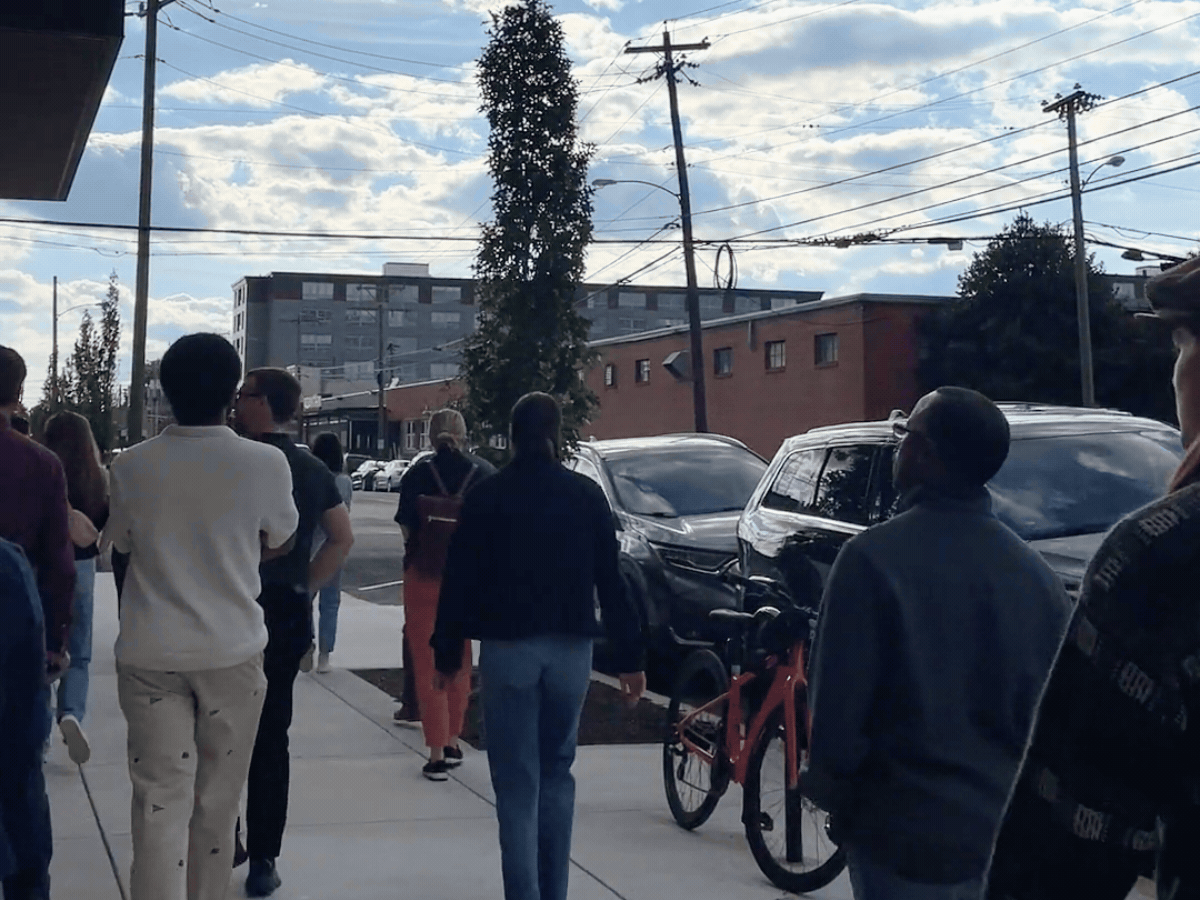
Looking ahead, Amelia sees urban development trending toward greater walkability, density, and mixed-use design, not just in cities but increasingly in suburban areas as well. “Localities are updating zoning codes to allow for taller buildings and denser development,” she said. “Richmond’s current code is very flexible, but the real shift is happening in the surrounding counties as we’re starting to see increased density and more intentional planning. It’s exciting to watch this kind of progress expand beyond the urban core.”
At the root of it all, Amelia’s focus remains on using engineering and design to create purposeful spaces that support communities and foster connection. Whether it’s transforming underutilized land or paving the way for inclusive spaces, her contributions are helping define the future of Richmond and its surrounding localities.
Click here to explore how our urban planning & design team is helping shape the places we live, work, and connect.
